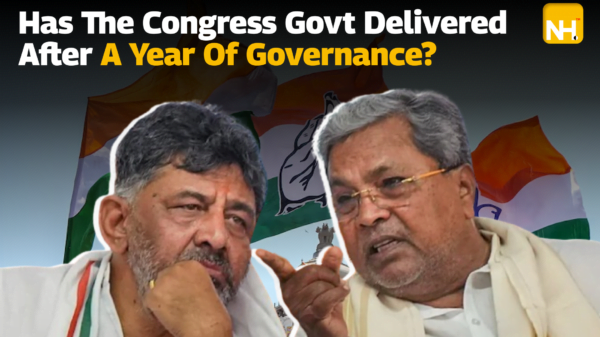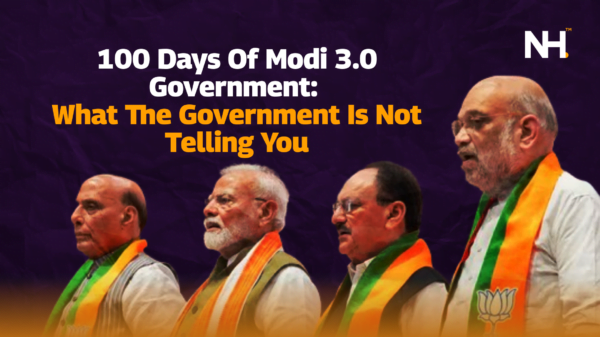Ever since the start of this year, the rupee has been in rapid decline. The Indian rupee fell 51 paise to an all-time low of 77.41 against the US dollar earlier this week. It was followed by a new record low of 77.55 versus the US dollar on May 12, 2022, for the second time this week.
The Indian rupee recovered eight paise last week after the Reserve Bank of India raised interest rates by 40 basis points on May 4, only to fall much lower this week.
The crisis in Ukraine has had a substantial impact on the rupee’s depreciation. Russia is the second-largest crude oil exporter in the world. As the supply has been hampered, it has culminated in a price increase. India is the world’s third-largest oil consumer, behind the United States and China and is therefore impacted very heavily.
Given the geopolitical uncertainty produced by Russia’s invasion of Ukraine, foreign portfolio investors withdrew money from the stock and bond markets, leading to the rupee declining. In addition, the Rupee has been under pressure as the Dollar has strengthened in response to predictions of stronger US economic growth.
This loss of value is measured in terms of the currency’s exchange rate against other currencies and has a significant influence on the cost of living.
High crude oil prices lead to more expensive gasoline and diesel for private car owners and more expensive transportation of essential commodities such as fruits, vegetables, edible oil, and food grains. All of this causes inflation and depletes our foreign exchange reserves as we spend more money on crude oil, limiting our capability to import other essential items. As an import-oriented country, this means fewer and more expensive foreign goods, as well as further depreciation of the rupee.
The potential of individuals to spend is reduced as the cost of living soars. Holding back on spending, on the other hand, reduces demand for goods and services, lowering sectors like constructions, production, and importation. A smaller labour force and less equipment will be required. Employers can hire fewer people and the economy as a whole suffers.
The government’s ability to spend on infrastructure and other welfare initiatives will be hindered meaning that investment would also reduce.



















































































